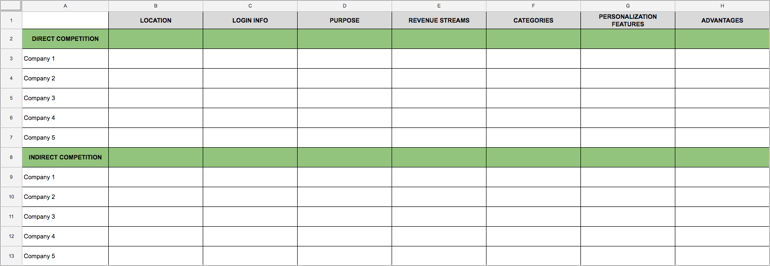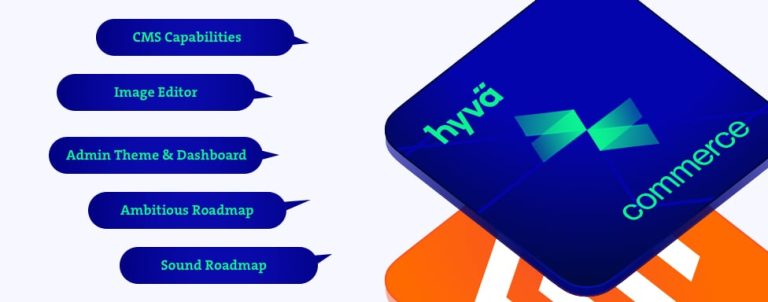Research is like peeling an onion – the more layers you peel – the more you reveal. You may even find that your idea isn’t as unique as you thought, but still, wouldn’t you like to beat the competition sooner rather than later? Don’t risk learning the hard way – get to know your competition on time. Knowledge is power!
Unfortunately, a lot of times, decisions are made by only cursory examination of the market, but a deep and solid research can bring you a solid grounds for those decisions. Since you’re an online business, your market is the Internet and anyone with access to it is your existing or potential future customer. If there’s a company in the same market, offering a product or a service similar to yours – they are your competitors. They share your goals and fight for the same thing you are, so to compete with them successfully, you should research their goals, strategies, strengths and weakness to find gaps and opportunities you can exploit.
We can group competition in two base groups:
- Direct competitors offer the same products or services as you do to your current or future customer segment.
- Indirect competitors offer products or services similar to yours and target the same customer segment with the goal of solving the same problem.
This means that your customer segment’s maybe spending money and time using competitors products to solve their problems, regardless of whether they offer the best customer experience or not.
Whether the competition is direct or indirect, don’t just ignore it, because they affect your success. You’d be surprised how many people use products in ways that the product makers don’t expect it.
How to find your competitors?
It may seem obvious, but one of the main and easiest ways to look for the competition is Google.
- Do keyword searches for the keywords related to your product or service, but don’t limit yourself to the first ten results. Check other pages too, because you never know what you may find.If you need help, we offer PPC and SEO Audits.
- Look up “Best of” lists. You’ll probably find the list items repeating on several lists and you can start to cross – compare them.
- Search the App Store and Google Play Store, using the keywords from your Google search.
- Talk to your target customer segment. They’ll tell you how they’re solving their problems now. This can bring some new ideas you’ve never thought about!
Some other tools you could use are Alexa, KeywordSpy, Crunchbase and similar.
The Research
Once you’ve listed your competition, it’s time to research every one of them by gathering qualitative (can be measured – like volume, length, cost, etc.) and quantitative (can only be observed, but not measured – like opinions, appearances etc.) data.
The document you’re making should be brief and in a spreadsheet form, because if you or anyone else needs to refer to the research document at some point, it won’t require digging through unnecessary chunks of information.
Start by making a set of attributes you’ll be researching and comparing. These attributes should be meaningful to your product or service. Some of these could be:
- Purpose – or why the product or service exists e.g. what problems does it solve
- Year Founded – find out how is new on the market and who’s been around some time
- Revenue streams – how does the competition make money? Product sales? Advertising? Membership fee?
- Primary navigation categories – to understand how everything is categorised and if it’s horizontal or vertical marketplace
- Personalization features – features like wish lists, favourites, saved carts, custom content experience e.g. how can a customer customize the experience
- Social Networking – how does the competition promote itself on social media?
- Competitive Advantages – features and benefits not found in other competitors
- monthly traffic, number of products, customer reviews, number of SKUs, funding…
There’s no “universal” set, so feel free to build your own! It’s important is to capture all the business and UX aspects so we can clearly evaluate them.
Place the competitors’ list and attributes in your spreadsheet. Your spreadsheet should look something like this:

Now it’s time to take a deep dive, fire up your search engine and browsing skills and fill the spreadsheet with raw data. Unfortunately, there are no shortcuts to take while gathering the data. This will require lots of time, so have your caffeine and sugar doses at hand!
Research all the information in regards to attributes you’ve determined previously. Some you’ll find on the “About” pages of your competitors (like their purpose or date founded), some on social networks or specialized review sites (like platforms they are using, how well do they exploit it), and some you’ll have to google.
For some information or features, you’ll have to become a user of a competitor’s product, e.g. register for an account. When doing so create a dummy mail account and don’t use your personal information. This way you can share login information with the rest of your team so not everyone needs to register just to see how something looks or works.
There’s, of course, some information you won’t find for free (like financial reports, monthly visits, etc.), but decide for yourself if some data is worth paying for (tools like Alexa). You could also look up Annual reports from companies you’ve identified as your competitors to find relevant information,
Also, don’t forget to capture the location (URL or app store URL if it’s an app) for future and team reference.
The Analysis
Once your spreadsheet is full of raw-data, it’s time to analyse it. Your goal is to put together a competitors profile, determine their advantages, find gaps in their strategies and look for strategic opportunities for you to exploit.
Highlight the meaningful and usable data with different colours so you can focus more on them rather than the less useful information you’ve gathered. This way you can track patterns, similarities, best practices and trends. It’s also much easier to scan something that’s colour-coded, rather than black text on white background.
Reorder you competitors to logical subgroups – are they exclusive to a single problem solution or aggregate different solutions for multiple problems? Do they operate in horizontal or vertical markets? What business models do they use? Make sure you’re not comparing apples to oranges!
Finally, benchmark the data using a SWOT analysis, and write down a brief, single paragraph finding for every competitor in the last column of our spreadsheet.
The Action
Once you have an overview of your competition, you’ll hopefully discover competitor’s gaps and opportunities in the marketplace for you to take a strategic advantage. Your research may even bring bad news, but that too can also be your advantage – you save yourself from swimming with the sharks and you can bring alternative ideas to the table.
After all these results and effort, if you see a need to have a partner who can help you push forward your store’s UX and UI, take a look of our UX audit!



